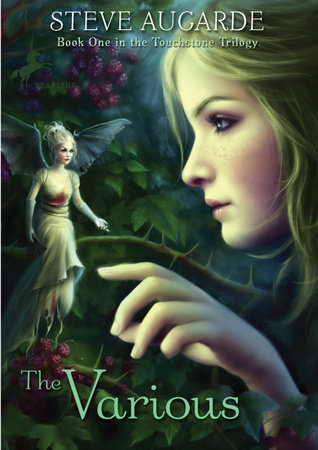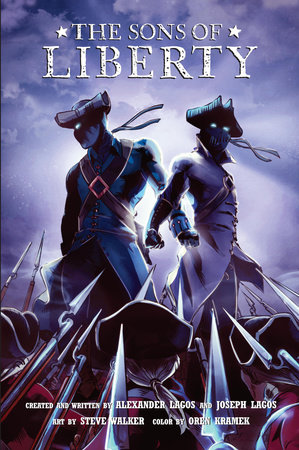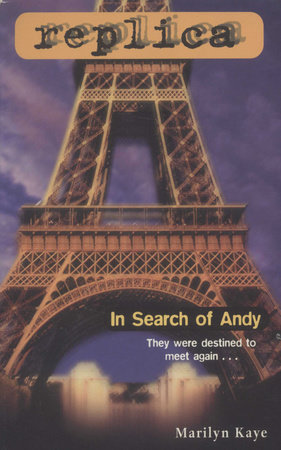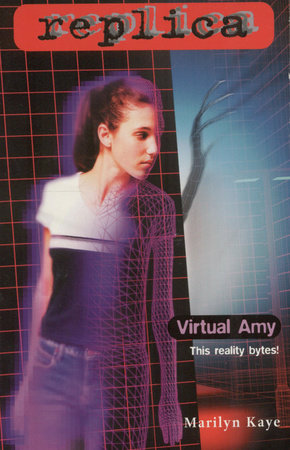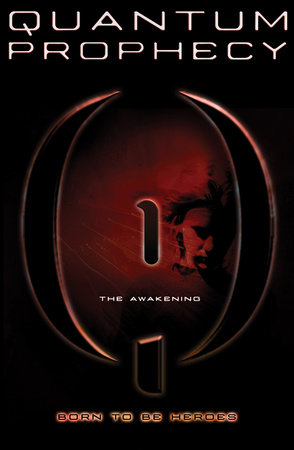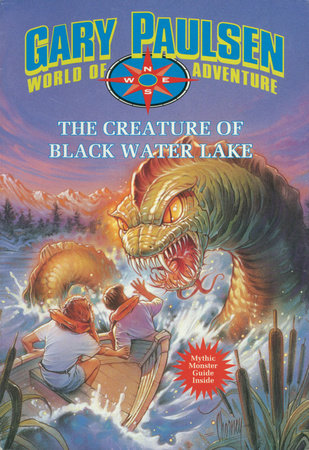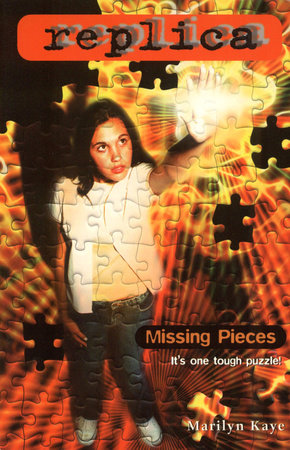Steve Augarde has written over 70 books. In his new novel he introduces readers to the Various, tribes of "little people" – pixies, fairies, Jack O’ Lanterns, call them what you will – on the verge of extinction. Read on to learn more about this imaginative and unique novel.
Q. Can you comment on what inspired the tribes from The Various? Were they inspired from literary sources, myths or modern day societies?
A. So many stories are handed down to us about ‘the little people’. In Ireland they are known as leprechauns, in Scotland as kelpies, in Cornwall as piskies – but these are relatively modern words. The little people have been with us for a long, long time, and I haven’t drawn on any specific source other than general folklore. They are a part of the history of all cultures and of all civilisations. I simply try to imagine what life must be like for them.
Q. The relationship between Midge and her mother is very realistic and at times very complicated. How were you able to so effectively capture a mother-daughter relationship?
A. When we become adults we try to do the things we dreamed of doing when we were children. Midge’s mother, Christine, always wanted to be a musician – and that’s what she became. But she has to try to be a professional musician and a mother at the same time.
From Christine’s point of view, it’s not easy to maintain a career and be a single mum. From Midge’s point of view it’s not easy to be the daughter of a woman who is dedicated to her career. They have different needs – and this can lead to disappointment. Most working parents will recognise this dilemma, and many young readers will have felt the way that Midge feels. It doesn’t mean that they don’t love each other – they do.
Q. The characters in The Various are very developed and their personalities are so strong. Who is your favorite character among the Various and why?
A. My favourite character is Maven-the-Green. She’s a mystery – and I’m only just beginning to learn more about her. It has taken me quite a long time to understand what her game is.
Q. What does the tense relationship between the warring tribes represent? Is it any reflection on the world today?
A. The Various tribes have all developed their own way of coping with the threatening environment they live in. They differ in their attitudes and in their understanding of their history and future. In that sense, they’re very like us.
Q. Music plays a vital role in The Various. Midge’s mother is a musician and the Tinklers sing folk songs. How did your background as a musician affect the role of music in the novel?
A. Music has always been a major part of my life, and it’s hard to imagine a culture where music is absent – but music means noise, and so it has not been a natural development amongst those who must hide the very fact of their existence. They need to be quiet in order to avoid discovery. Only the underground dwellers can risk the pleasure of singing – and they have learned their skill from an outside source: Celandine.
Q. The character of Pegs is intriguing. He is described as being a part of the Various and at the same time different from them. His role is at once diplomat and protector. Can you tell us a little more about how the character of Pegs was conceived and his role in the novel?
A. Ha. I’ve been wondering about Pegs for a long time, and I think I’m finally beginning to understand who he is. Stories and characters have a way of revealing themselves, and this can feel quite strange to the person who is supposedly inventing them. Pegs’ role is central, but I’m not going to say any more about him for the moment.
Q. In the novel, there is much speculation about the border between the real and imaginary. "It is a fact, an absolute fact that there are creatures on this earth that have never been observed by man. . ." Can you elaborate on the role of the imagination in the novel? Did you dream about imaginary worlds as a child?
A. In order for it to be effective, fantasy needs to be grounded in some sort of reality. I don’t think I’m the first writer to recognise this. It has to be somehow made believable – and the first person who needs to believe it is me. I have to be able to see and hear it all clearly in order that you can do the same. Atmosphere is everything, and that’s always my starting point. First the pictures, then the sounds, then the smells, and finally the words. I want you to feel the humid silence of the forest around you, to know that all eyes are upon you – to be waiting, breathless, for the first snap of a twig. I want you to be able to smell, close up, the piney earth beneath the fingernails of these creatures. And yet, at the same time, I’d like you to feel that a dream-like quality pervades the whole story – so that you’re never quite sure whether this is actually happening or not.
Q. I understand The Various will be a trilogy. What should readers expect from the next book?
A. Traditional fairy tales can be very dark and troubled – and the children in those stories are often exposed to pain, sadness, and fear. Celandine’s story, set around the time of the First World War, has this same dark tone – her heartaches are very real. Estranged from her family, bullied at school, suffering the loss of a beloved brother in the trenches – she hides her face from the world and finds comfort and purpose in another world altogether.
We begin to see a connection between Celandine and Midge – two girls whose lives are separated by nearly a century, and yet who gradually become aware of each other across the span of time.
